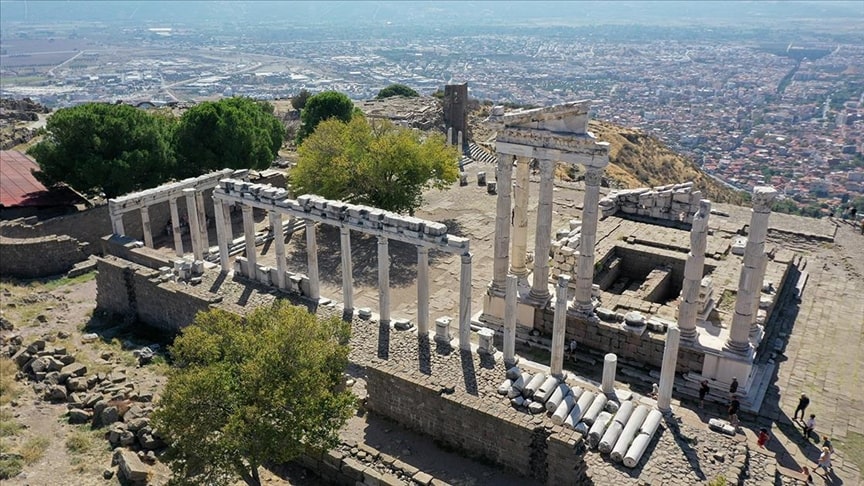A 4,500-year-old marble figurine of a goddess has been uncovered during surface surveys in the Bakırçay Plain, within the ancient city of Pergamon, located in the Bergama district of İzmir. The discovery was made as part of ongoing research led by Professor Felix Pirson, Director of the German Archaeological Institute, who emphasized that modern archaeology now explores not only city centers but also their surrounding areas and regions of influence.

The excavation director and head of the German Archaeological Institute, Prof. Felix Pirson, stated, “The approximately 4.5-centimeter marble idol (goddess figurine) we found in a mound is the most significant discovery of this year. It dates back roughly 4500 years. The small marble figure represents a human. It is not very detailed, but it resembles a piece of modern art. We believe this idol is related to a cult from the Bronze Age. It could represent a goddess or the founder of that region. We do not know for sure, but we understand that it was very important to the people of that time. The idol we found is similar to those from Troy. This initial discovery is very important for us because it shows how advanced the culture was in this area.”
While its exact role is uncertain, it is clear that the idol held great significance for the people of that time.
Pirson explained that their research utilizes maps, satellite imagery, and geophysical surveys to better understand life around ancient cities.
Pirson also pointed out the similarities between this idol and those found in ancient Troy, highlighting the importance of the discovery. “This figurine shows us the high level of culture in this region,” he said, noting that the find sheds new light on the prehistory of Western Anatolia. While Troy is well-known, there was previously little information about the Bakırçay Plain. This discovery indicates that the region was not merely an agricultural area, but one with a sophisticated culture.
He added that little is known about prehistoric Bergama, particularly from the Early Bronze Age, and that such discoveries are rare.











